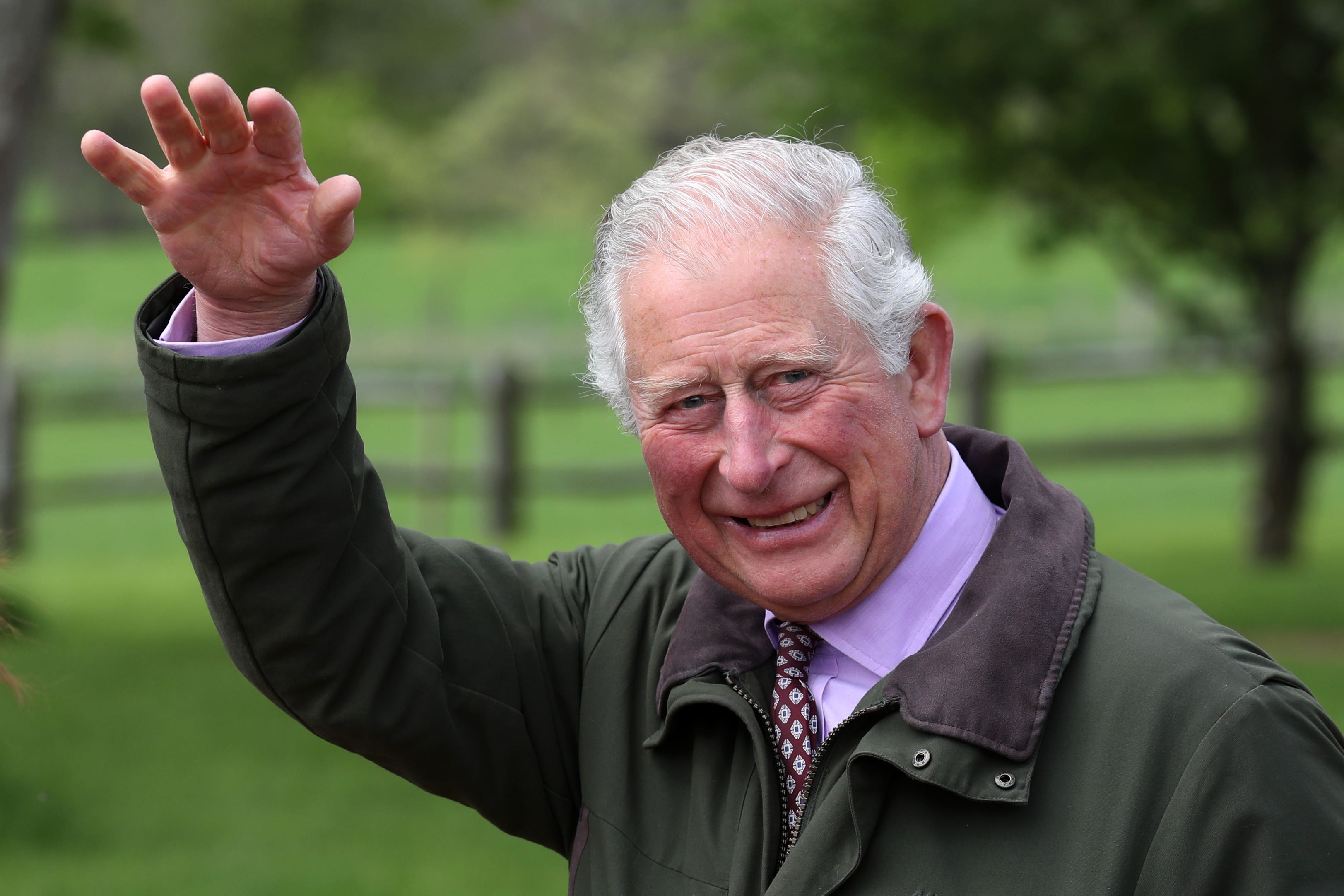King admits he enjoys the ‘most difficult challenges’ in royal grand design show
The ITV programme tells the story of Charles’ restoration of Dumfries House and its estate in Ayrshire, Scotland.

Your support helps us to tell the story
From reproductive rights to climate change to Big Tech, The Independent is on the ground when the story is developing. Whether it's investigating the financials of Elon Musk's pro-Trump PAC or producing our latest documentary, 'The A Word', which shines a light on the American women fighting for reproductive rights, we know how important it is to parse out the facts from the messaging.
At such a critical moment in US history, we need reporters on the ground. Your donation allows us to keep sending journalists to speak to both sides of the story.
The Independent is trusted by Americans across the entire political spectrum. And unlike many other quality news outlets, we choose not to lock Americans out of our reporting and analysis with paywalls. We believe quality journalism should be available to everyone, paid for by those who can afford it.
Your support makes all the difference.The King has described himself as enjoying taking on the “most difficult challenges” as he appeared in a royal Grand Designs-style TV documentary.
The programme, which was more than a decade in the making, tells the story of Charles’s ambitious plan to restore the 18th-century stately home Dumfries House in Ayrshire, Scotland.
The King, then the Prince of Wales, led a consortium which paid £45 million for the dilapidated estate in 2007 in a bid to save it from ruin and help regenerate the deprived local community.
In A Royal Grand Design, which will be broadcast on ITV on Wednesday November 30 at 9pm, Charles describes the vast project as an “appalling risk”.
But he says it was worth it to help the local community, who suffered after the loss of the mining industry.
As well as restoring the main house, the initiative included bringing the walled garden, one of Europe’s largest, back to life, and adding a horticultural and education centre, a cookery school, textiles centre, STEM unit, and adventure playground, creating jobs in the process.
“I wanted to try and make a difference to the local area. It had many of the worst indices of unemployment and ill health and everything else,” Charles says.
“I’m one of those people who rather likes taking on the most difficult challenges. I felt it was worth taking this appalling risk and taking out such a big loan.”
He adds: “This area has been so battered and deprived, particularly since the loss of the mining industry and everything.”
The then-prince – filmed before he became monarch – also outlines his hopes of a similar project elsewhere in the UK in future, saying he was inspired to help people and their families.
“That’s my problem, I’m frightfully over ambitious. I long to use this model in other parts of the country where I know it can make a big impact on people’s lives and livelihoods and their whole future and their families’ futures, which is what matters to me,” Charles says.
“I hope there’ll be another project fairly soon somewhere, which could be quite large, and hopefully there will be other opportunities. We’ll see. I haven’t given up yet… Watch this space, as they say.”
Charles acceded to the throne following the death of the late Queen in September, and the broadcast is dedicated to the memory of Elizabeth II.
Footage includes Charles showing his mother around the grounds when she opened the walled garden in 2014.
Narrated by the actor Richard E Grant, the documentary is said to capture the “real man behind the crown”.
Charles is seen greeting a local and his dog, waving at visitors and trudging around the site in wet and windy weather.
He expresses his fear the 2,000-acre estate, 27 miles south of Glasgow, would have been turned into a golf club.
“I knew if we hadn’t stepped in and saved it, somebody would have bought it and said they had a great idea, you know for golf courses and things and it would never have worked, so, it would have joined the list of yet more derelict country houses,” he says.
Priceless Chippendale furniture and other antique treasures, saved from being sold, were kept in the house and restored.
Charles is also seen sharing his concern over the 300-year-old “Old Sycamore” tree in the garden when it appeared to be dying.
“I can’t bear it because it was such a wonderful thing,” he says.
But the tree survived and continued to grow, with a relieved Charles branding the change “remarkable”.